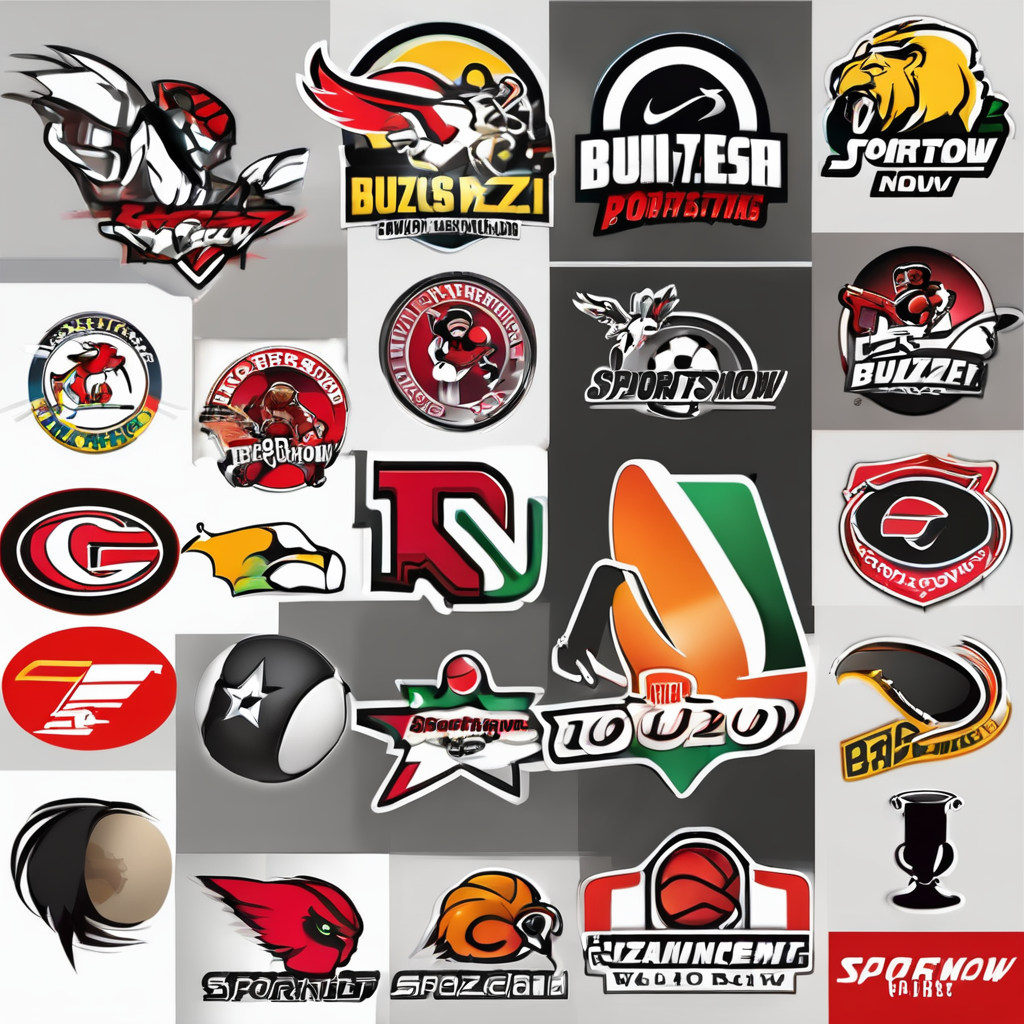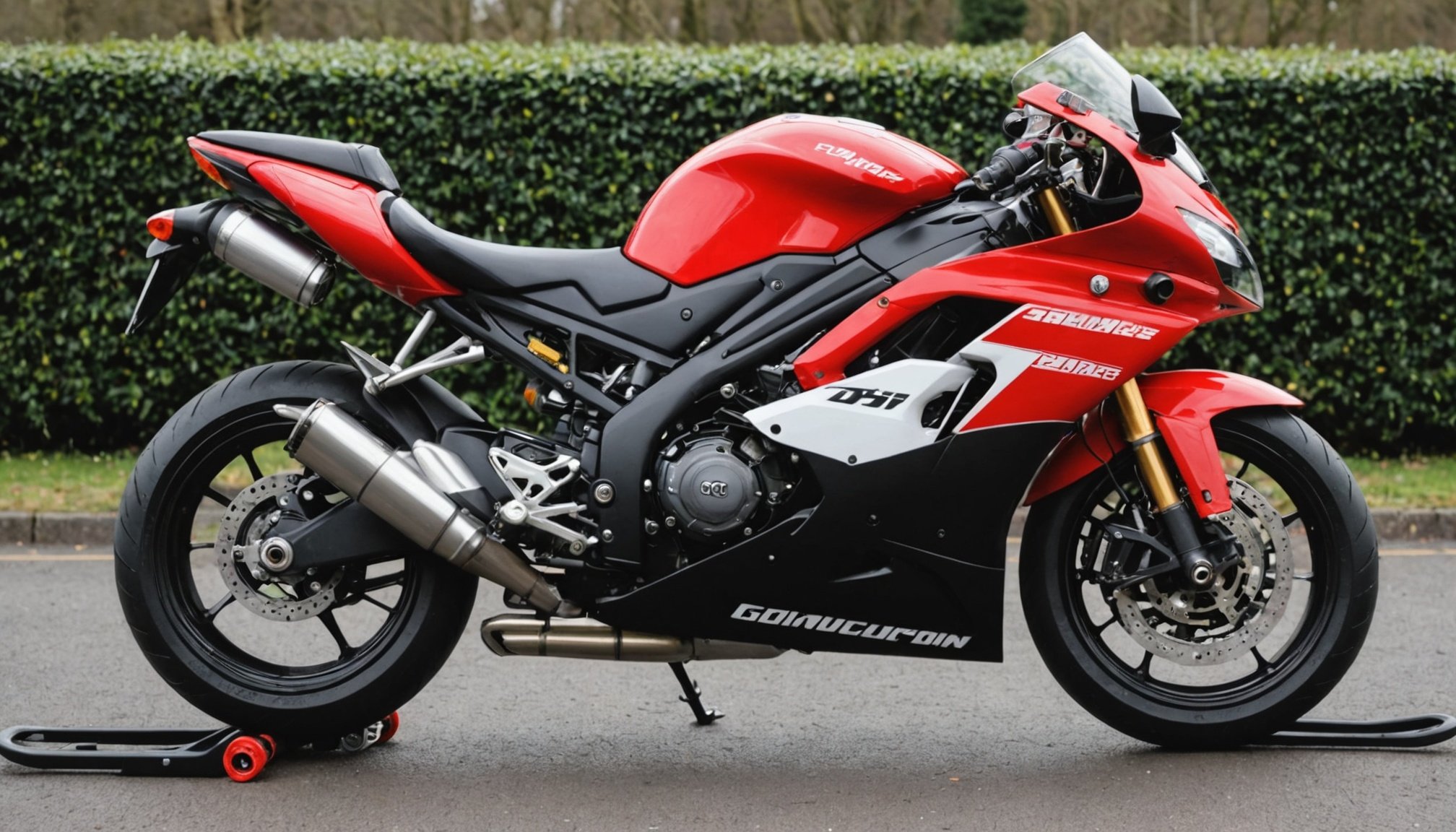The Hidden Dangers of Non-OEM Parts for Your UK Sports Bike
When it comes to maintaining and upgrading your sports bike, the temptation to save money by using non-OEM (Original Equipment Manufacturer) parts can be strong. However, this decision can have serious consequences, compromising the safety, performance, and overall longevity of your bike. Here’s a detailed look at why choosing non-OEM parts could be risky and what you should consider instead.
The Safety Risks Associated with Non-OEM Parts
Safety is the most critical aspect to consider when deciding between OEM and non-OEM parts. Non-OEM parts, especially those sourced from unverified online sellers or second-hand markets, can be defective or poorly manufactured.
Also to discover : Essential Tips for Choosing the Perfect Used Sport Bike in the UK: Key Factors to Consider
Incompatible Components and Fire Risks
The recent UK government safety campaign highlights the dangers of using incompatible parts for e-bikes and e-scooters, which can also apply to traditional sports bikes. For instance, using batteries or electrical components that are not designed for your bike can lead to fires, a risk that has become increasingly common.
“Many of these fires are caused by parts incompatible with e-bikes and scooters, as well as the purchase of defective or poorly manufactured parts sold by rogue online sellers,” notes Product Safety Minister Justin Madders.
Also to read : Ultimate Guide to Safely Transporting Multiple Sport Bikes Across the UK: Best Techniques Revealed
Poor Quality and Lack of Certification
Non-OEM parts often lack the rigorous testing and certification that OEM parts undergo. This can result in parts that do not meet safety standards, posing a significant risk to cyclists.
“E-bikes, e-scooters and their batteries are generally safe when purchased from reputable manufacturers and used correctly. However, poor-quality products – often sold via online marketplaces – improper charging, or misuse can cause ferocious fires and pose a serious risk to the buyer,” warns Lesley Rudd, chief executive of Electrical Safety First.
Performance and Reliability Issues
While safety is paramount, the performance and reliability of your bike are also crucial considerations.
Subpar Materials and Construction
Non-OEM parts may be made from inferior materials or constructed with less precision, leading to quicker wear and tear. For example, using low-quality brake pads can compromise your bike’s stopping power, which is critical for road safety.
“When e-bikes are purchased from reputable retailers, they’re properly certified and safe to use. The fire safety issues we’ve seen are linked to poorly manufactured, uncertified products typically bought online, as well as the use of incompatible components,” explains Chris Hall, Head of Quality at Halfords.
Compatibility Problems
Ensuring that parts are compatible with your bike is essential. Non-OEM parts might not fit perfectly or function as intended, leading to mechanical issues and potentially dangerous situations on the road.
“When selecting shocks (used and new) for a specific bike, there are a number of parameters one should pay attention to. Neglecting the recommendation will most likely impair on the roadworthiness of your bike,” advises a technical support guide from the Norton Owners Club.
Economic and Long-Term Consequences
While non-OEM parts may seem like a cost-effective solution in the short term, they can lead to significant economic and long-term consequences.
Increased Maintenance Costs
Using non-OEM parts can result in higher maintenance costs over time. These parts may need to be replaced more frequently or can cause other components to fail, leading to costly repairs.
“For those considering owning a classic motorcycle, the maintenance budget can be substantial. For instance, balancing a carburetor can cost upward of £500 if you don’t know how to do it yourself,” notes an article on the 1983 Suzuki GSX750 EF.
Reduced Resale Value
Bikes equipped with non-OEM parts may have a lower resale value. Potential buyers often prefer bikes with original or high-quality OEM parts, which can impact the bike’s market value.
“Using OEM parts ensures that your bike retains its value and is more appealing to potential buyers if you decide to sell it in the future,” advises a motorcycle enthusiast.
Practical Advice for Cyclists
To ensure your bike remains safe, reliable, and high-performing, here are some practical tips:
Buy from Reputable Dealers
Always purchase parts from reputable dealers or the manufacturer directly. This ensures that the parts are certified and meet the necessary safety and quality standards.
“Sticking to reputable sellers will provide confidence that your e-bike is safe and manufactured to a high standard,” emphasizes Lesley Rudd.
Check Compatibility
Before buying any part, make sure it is compatible with your bike. Refer to your bike’s manual or consult with a professional if you are unsure.
“When selecting parts, try to obtain the original manufacturer’s code pertinent to your bike. This will tell a knowledgeable person the correct specifications,” suggests the Norton Owners Club.
Use High-Quality Chargers
For bikes with electrical components, using a high-quality charger designed for your battery is crucial. Improper charging can destabilize the battery and lead to fires.
“Ensure you use a charger that is designed to be compatible with your battery to avoid the risk of overcharging,” warns Electrical Safety First.
Detailed Checklist for Safe Part Selection
Here is a detailed checklist to help you make informed decisions when selecting parts for your bike:
-
Verify the Seller:
-
Ensure the seller is reputable and has good customer reviews.
-
Check if the seller is authorized by the manufacturer.
-
Check Certification:
-
Look for certifications from recognized safety and quality standards organizations.
-
Ensure the part meets the necessary safety regulations.
-
Compatibility:
-
Check the part’s compatibility with your bike’s make, model, and year.
-
Refer to your bike’s manual or consult with a professional if unsure.
-
Read Reviews and Ask for Recommendations:
-
Read reviews from other cyclists who have used the part.
-
Ask for recommendations from your local bike shop or online forums.
-
Warranty and Support:
-
Check if the part comes with a warranty.
-
Ensure the manufacturer or seller provides adequate customer support.
Comparative Table: OEM vs. Non-OEM Parts
Here is a comparative table highlighting the key differences between OEM and non-OEM parts:
| Criteria | OEM Parts | Non-OEM Parts |
|---|---|---|
| Safety | Rigorously tested and certified | Often lack certification and testing |
| Quality | Made from high-quality materials | May use inferior materials |
| Compatibility | Designed specifically for your bike | May not fit perfectly or function as intended |
| Performance | Optimized for your bike’s performance | Can compromise performance and reliability |
| Maintenance | Generally require less frequent replacement | May need to be replaced more often |
| Resale Value | Retain the bike’s value | Can lower the bike’s resale value |
| Warranty | Usually come with a manufacturer’s warranty | Often lack a warranty or adequate support |
Choosing the right parts for your sports bike is a critical decision that affects not only the performance and reliability of your bike but also your safety on the road. While non-OEM parts may seem like a cost-effective option, the risks associated with them far outweigh any potential savings.
By buying from reputable dealers, ensuring compatibility, and using high-quality chargers, you can make sure your bike remains safe, reliable, and high-performing. Remember, the safety of you and your bike is worth the investment in quality OEM parts.
As Local Transport Minister Simon Lightwood aptly puts it, “E-bikes have transformed our urban areas by giving people an accessible and healthy way to travel, but this is being ruined by a handful of untrustworthy online retailers. That’s why I’m delighted that we are launching this campaign to make sure that people have peace of mind buying e-bikes and e-scooters from reliable sources.”
So, the next time you need to replace or upgrade a part on your bike, make sure to prioritize safety and quality. Your bike, and more importantly, your life, depend on it.











